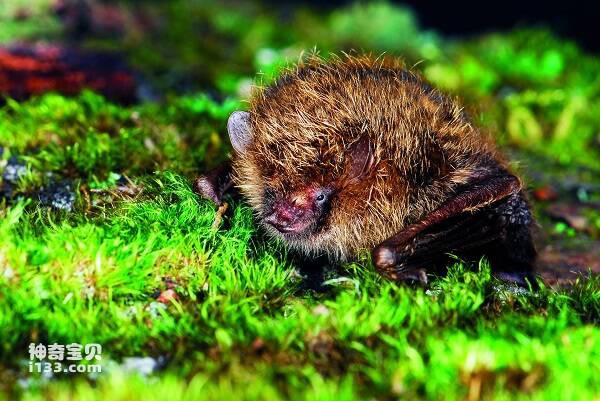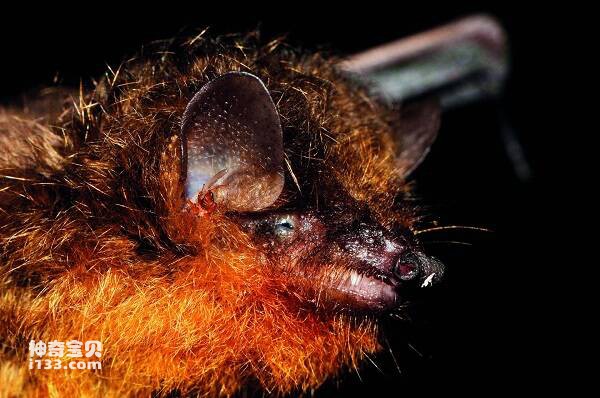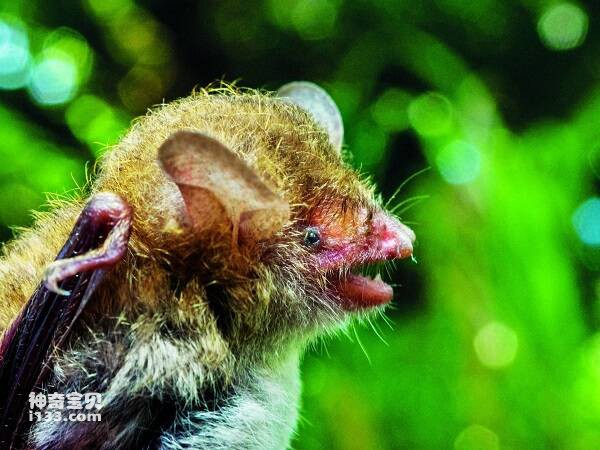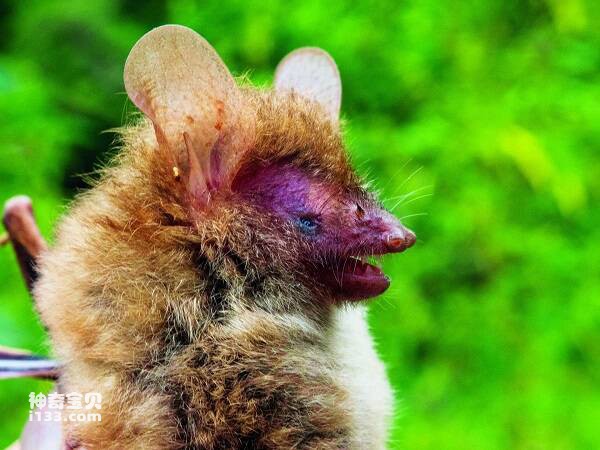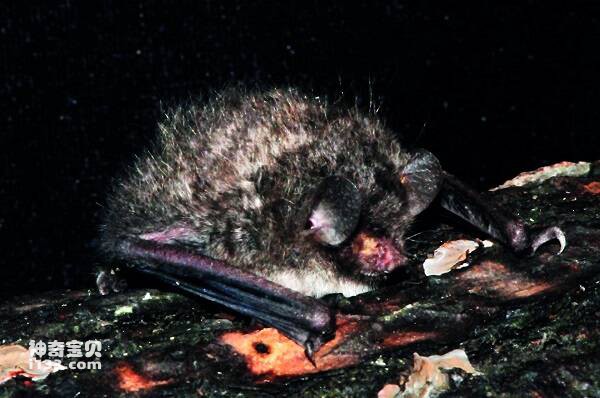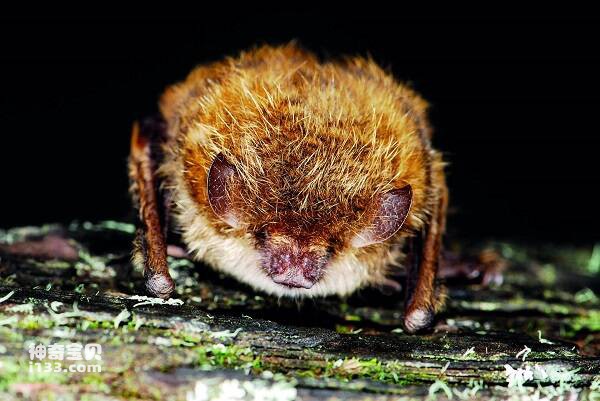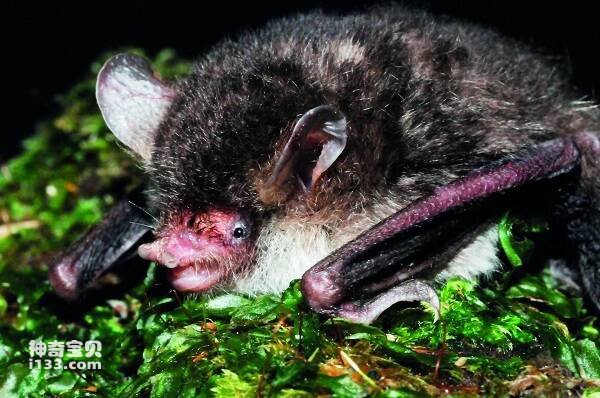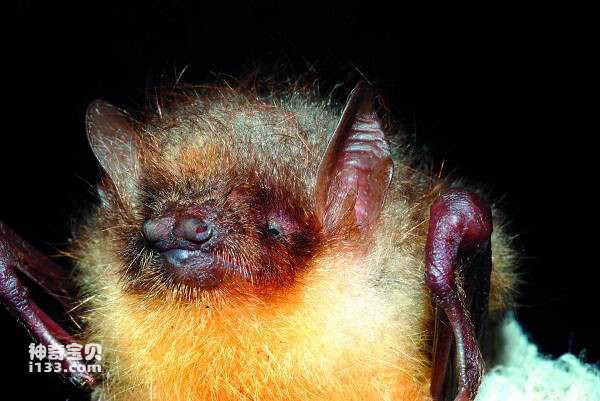Penthetor lucasi
IUCN
LCBasic Information
Scientific classification
- name:Penthetor lucasi
- Scientific Name:Short-nosed fruit bat, Canis familiaris
- Outline:Chiroptera
- Family:Chiroptera Pteropodidae Penthetor
Vital signs
- length:85 -103mm
- Weight:60g
- lifetime:several years
Feature
Small and cute
Distribution and Habitat
Domestically, it is distributed in Hainan, Guangxi, Fujian, Yunnan, Guangdong, Macau, Hong Kong, Tibet, etc. Abroad, it is distributed in tropical or subtropical areas in Southeast Asia and the Indian subcontinent.
Appearance
Body length 85-103mm. Forearm length 68-80mm. Short snout. Nostril protruding like a tube. A longitudinal groove in the middle of the upper lip. White edge of the ear, slightly large ear, thin ear shell, no tragus, slightly tubular under the ear. Long back hair, brown all over. Lighter hair on the ventral side. The outer part of the front half of the skull is bulging, and the middle is significantly concave.
Details
Dog bats are a single genus of the genus Short-nosed fruit bat of the order Chiroptera and family Pteropodidae. Other mammals in the same family as the Short-nosed fruit bat include Andreas Annii, Paratuberculate fruit bat, and Big-eared fruit bat. ’

Dog bats are a type of bat that looks like a puppy and can occasionally be seen in cities. Unlike other bats that have ultrasonic positioning, dog bats use vision to feed on plant fruits and also provide seed dispersal services for plants. Some seeds are even easier to grow after being digested by dog bats. This is a close cooperative relationship formed by nature for a long time and an important species to maintain the healthy development of nature.
Dog bats live and hide under the leaves of coconut trees, palm trees and banana trees. Often one or dozens of them hang upside down in a string or a ball. They mainly feed on the fruits of plants such as Ficus, Syzygium and Palm Trees of the Moraceae family. During the fruit harvest season, they also eat bananas, mangoes, longans, lychees, etc., causing certain harm to fruit tree production. This species is very similar to the short-eared dog bat, but this species is the dominant species in South China and is relatively common. The latter may only be distributed in southern Yunnan and Medog, Tibet (the original statement that short-eared dog bats are distributed in Guangdong and Hong Kong is incorrect).

